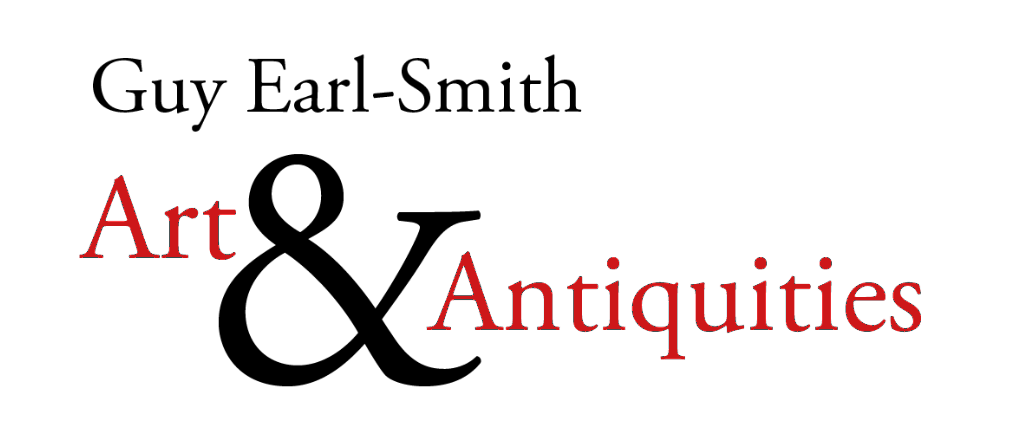Chinese Painted Clay Sculptures
/Clay sculpture – not to be confused with Stucco – is a style of carving unique to China, particularly to the caves dwellings and temples in Shanxi province (Sangxi) in the north.
The style was first adopted in the Northern Wei (534-550 AD) and Northern Qi (550-577 AD) Dynasties and its popularity carried over into the Sui (581-618) and Tang (618-907) Dynasties. It reached its peak during the Song Dynasty (960-1279), and flowed onwards into the Yuan, Ming & Qing Dynasties.
The sculptures offered here are from the Ming Dynasty, but due to the nature of them being temple sculptures they have been conserved over the centuries.
Pictured: Our main work, the monumental Guanyin (lot 55) dates to the Song Dynasty 960-1279. Bid or see more on Invaluable.
The unique characteristic of this sculpture is that it is made in situ and rarely moved from its original location. Shanxi province contains intriguing underground buildings, similar to those in Coober Pedy in New South Wales. These dwellings were dug into the cliffs or accessible underground areas, containing living quarters and temples, where precious family treasures were safely held from the outside world.
During the Cultural Revolution in China, most temples doors were walled-over, leaving only a small peep-hole so that families could view the temple protected within. It is due to this protection that many clay sculptures are found in the temples from this region.
Working in situ with clay allows fine detail of facial features and postures to be sculpted, giving the sculptures soft, like-life qualities that can be more difficult to achieve in hard materials. In painted clay, the combination of the individual artistry of the sculpture and artistry of the paint-work over the work, gives this art form its unique features.
Unlike traditional clays, these sculptures do not have the protective coat offered by a glaze, nor the hardness that results from firing and so they are artworks for use and display indoors. As such, they were treasured objects, kept in protected conditions in people’s homes, temples or tombs and have lasted many hundreds of years.
The skill of the Chinese sculptors is revealed in the temple sculptures of Donghuang and Jin Temples (both from the Song Dynasty) and the Chongqing, Farxing and Shuangling Temples. These temples display large and small painted clay art, displaying a combination of realistic and mythical carvings.
Sculpting procedure
Clay sculpting is a layered process. It begins with a wooden framework, which is essentially the skeleton of the work. To this is added three layers of a clay, each containing various additional materials:
Clay layer 1 contains straw and mud mixed with 40-50% sand, the sand helping to reduce shrinkage.
Clay layer 2 contains hemp, or jute, and the same proportion of sand.
Clay layer 3, the final, is clay mixed with raw cotton, again combined with the sand.
Then the sculpture is left to dry. Any cracks are repaired with the layer three mix of clay to ensure a consistent patina. This process continues until the sculpture is totally dry and perfect. Once dry, a very fine cotton paper layer is applied with glue to the whole surface.
Finally, a smooth powder of ground mother-of-pearl is brushed on to the carving to give a fine shiny shell-like finish.
To complete the sculpture, the artist applies the paint to add details such as facial features or apparel, giving the carving its life-like characteristics over the soft skin-like surface. It is this final painting step that creates the visual appeal; the beauty of each sculpture being determined by the artistry of the painter.

